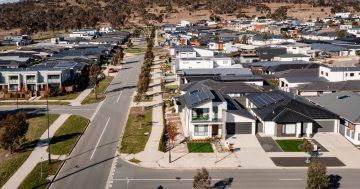 The Australian Securities and Investments Commission (ASIC) has discovered that while the availability of reverse mortgages allows older Australians to achieve their immediate financial goals and improve their lifestyles in retirement, they also create challenges in the longer term.
The Australian Securities and Investments Commission (ASIC) has discovered that while the availability of reverse mortgages allows older Australians to achieve their immediate financial goals and improve their lifestyles in retirement, they also create challenges in the longer term.
Deputy Chair of ASIC, Peter Kell said a review of reverse mortgages conducted by the Commission found that for older Australians who owned their home with few other assets, a reverse mortgage could allow them to draw on the wealth locked up in their homes while they continued to live in the property.
“ASIC reviewed data on 17,000 reverse mortgages, 111 consumer loan files, lender policies, procedures, and complaints,” Mr Kell said.
“We also commissioned in-depth interviews with 30 borrowers and consulted over 30 industry and consumer stakeholders,” he said.
“The review found borrowers had a poor understanding of the risks and future costs of their loan, and generally failed to consider how their loan could impact their ability to afford their possible future needs.”
He said lenders had a clear role to play in the schemes and needed to do more.
“For nearly all of the loan files we reviewed, the borrower’s long term needs or financial objectives were not adequately documented,” Mr Kell said.
“Importantly, under legal protections in place since 2012, borrowers can never owe the bank more than the value of their property, and can remain in their home until they pass away or decide to move out.”
He said problems arose when borrowers found they did not have enough equity remaining in the home for longer term needs such as aged care.
Mr Kell said reverse mortgage products could help many people achieve a better quality of life in retirement.
“Our review shows that lenders and brokers need to make inquiries that would lead to a genuine conversation with customers about their possible future needs, not just a set of tick boxes on a form,” he said.
The 94-page ASIC report can be accessed at this PS News link.










